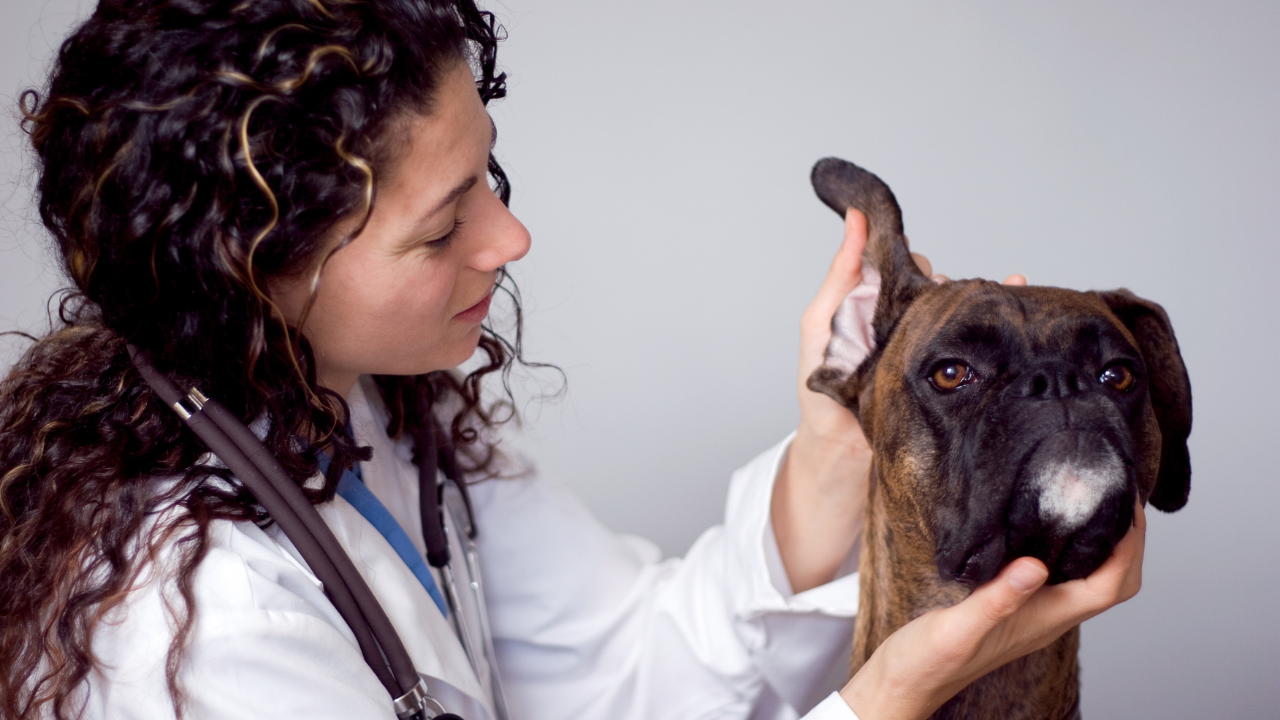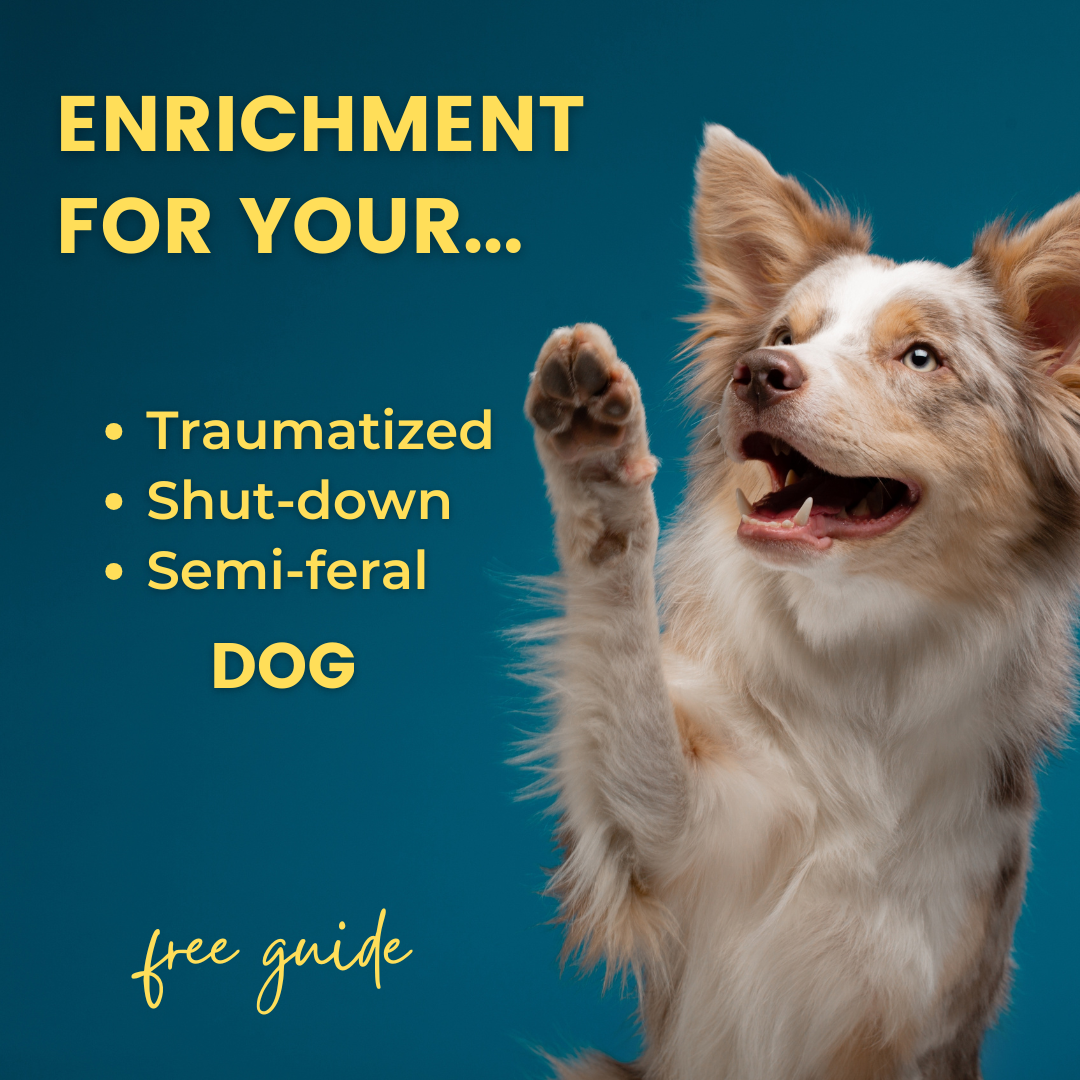Stationing Behavior For Dog Grooming & Health Care
May 09, 2022
Does your dog run away when you try to trim their nails, or clean their ears? It's hard to give our dogs the care they need when they're afraid of it. Luckily, there are a number of behaviors you can teach your dog, called "stationing behaviors", that can be used to make your dog's care easier for both of you.
What Is A "Stationing Behavior"?
Stationing behaviors are behaviors that involve your dog getting into a position, and staying there. Behaviors your dog already knows, like sit-stay or down-stay, can be used as stationing behaviors for some types of care. I'll give a few more examples in the next section.
A stationing behavior should make it easy for you (or your vet) to do whatever care needs to be done. A stationing behavior that involves standing might be most convenient for a physical exam, while nail care is easier if the dog is lying down.
To use stationing behaviors in your dog's care, first train the stationing behavior as a foundation. Then slowly add in the handling (e.g. nail trims, toothbrushing, ear cleaning, etc.). If you've got a dog who is sensitive to being handled, it's likely you'll need one-on-one training and guidance in order to be successful with this.
Examples And Uses of Common Stationing Behaviors
There are many stationing behaviors that can be helpful in your dog's care. Here are a few of the most common, and some of their applications:
- Chin rest: Your dog places their chin in your hand, on your lap, or on another target like a sofa cushion. I use a chin rest in my hand to check my dogs' teeth, or to get them to in position so I can then look at their ears or eyes. A chin rest on my lap is handy for ear and eye cleaning and medications.
- Lie on side: Your dog rolls onto one side with their legs stretched out. This one is great for nail care or cleaning paws. I also use it to put little sweaters on Pancake- it makes it easier for me to put his one front paw through the "arm" hole without him falling over.
- Muzzle tunnel: Your dog places their nose/muzzle under your cupped hand. We use this for toothbrushing and checking teeth.
Are you interested in learning more about how to get your dog to cooperate in their own care? Join our monthly training membership, or our toothbrushing course, Healthy Smiles.



